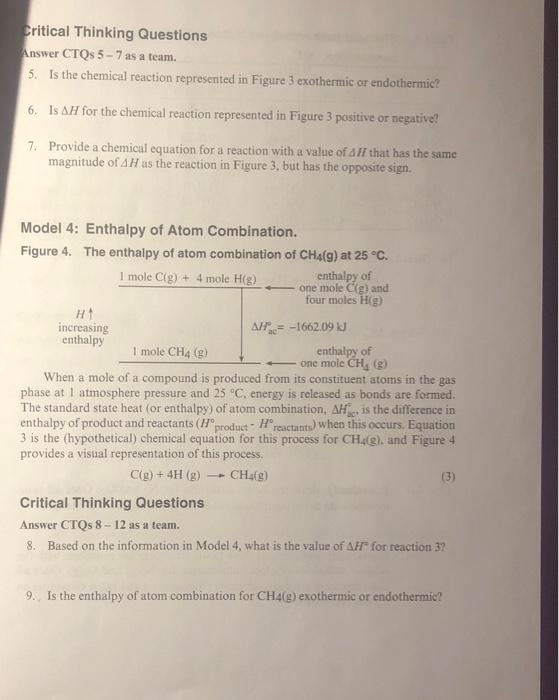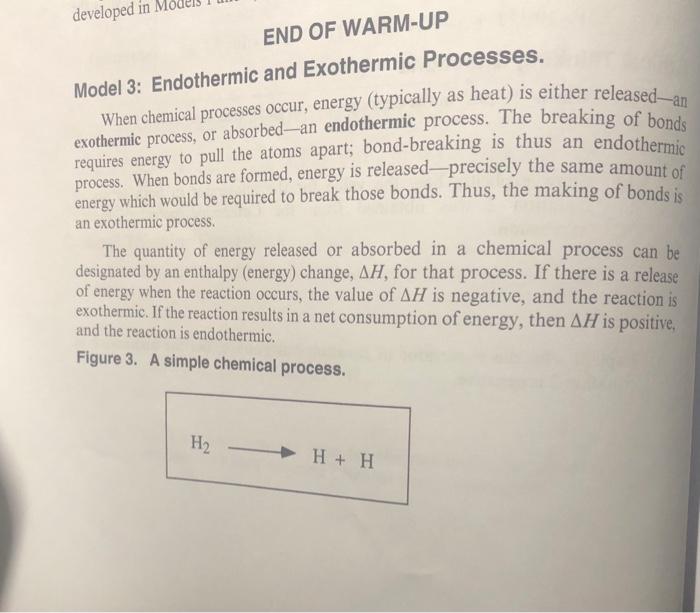Answered step by step
Verified Expert Solution
Question
1 Approved Answer
Britical Thinking Questions Answer CTQs 5 - 7 as a team. 5. Is the chemical reaction represented in Figure 3 exothermic or endothermic? 6. Is


Step by Step Solution
There are 3 Steps involved in it
Step: 1

Get Instant Access to Expert-Tailored Solutions
See step-by-step solutions with expert insights and AI powered tools for academic success
Step: 2

Step: 3

Ace Your Homework with AI
Get the answers you need in no time with our AI-driven, step-by-step assistance
Get Started


